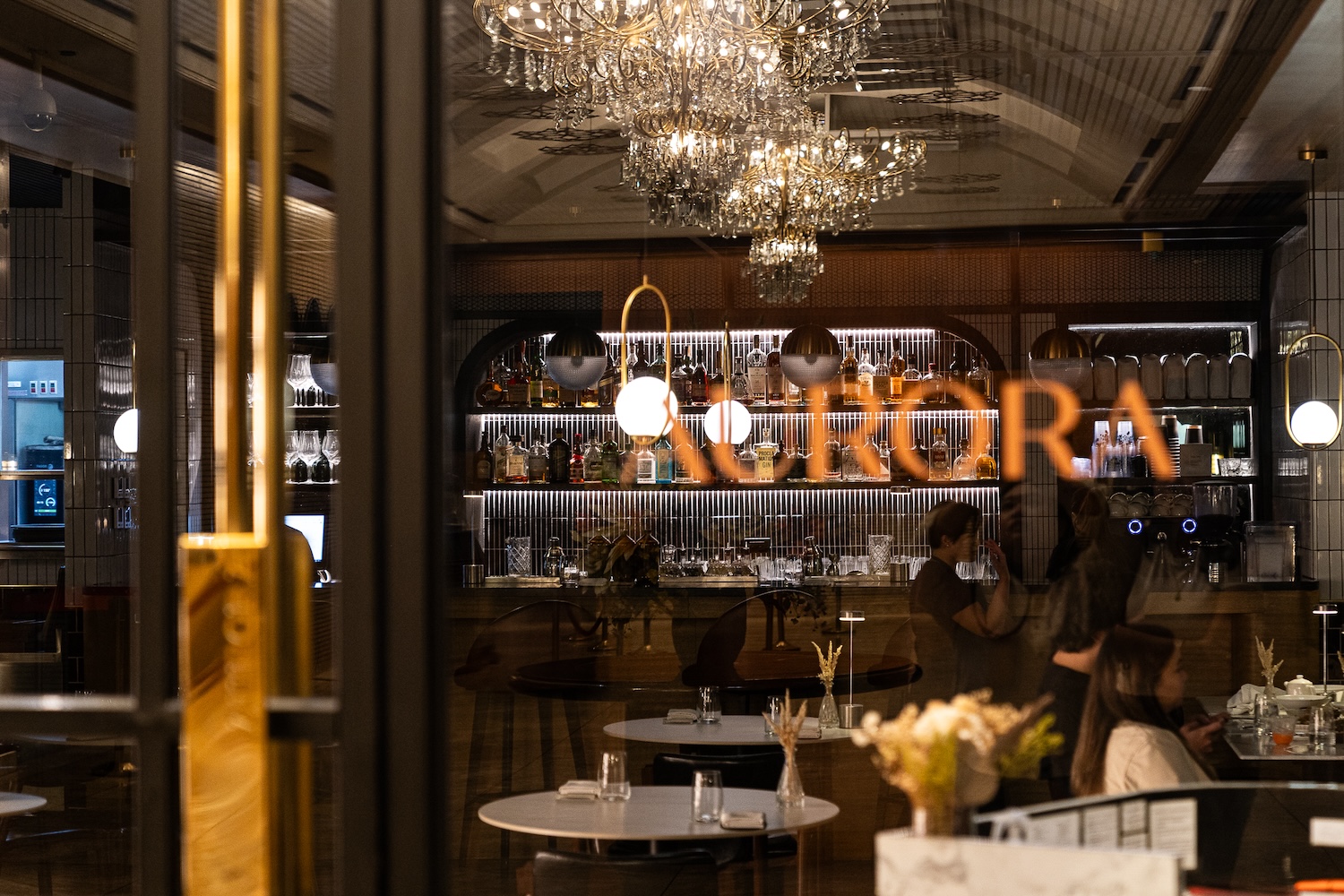Once established, it’s exceedingly rare for restaurants to change their name. Owners might opt to open another concept instead, but Aurora dropping its “cafe” is simply a sign that it’s coming into the truest version of itself.
Formerly Cafe Aurora, the restaurant encountered a bit of an identity crisis among its diners. For first-time visitors, the “cafe” part would conjure up images of a bright, warm space serving cups of joe and an open invitation to stay a while.
“It’s not coming from us,” says head of operations and one of the partners of Aurora Quenee Vilar.
While Aurora’s name change may be a big shock to fans, it was a long time coming.
“So we just want to cut the confusion. This is not actually a cafe. It’s actually a proper restaurant,” Quenee Vilar explains.
Having the word “cafe” in the beginning of a restaurant’s name can blur the lines for diners, especially in the Philippines. To many, it suggests the presence of light bites and items like pasta and bread (which they do have in the form of a housemade shokupan as an appetizer).
“So we just want to cut the confusion. This is not actually a cafe. It’s actually a proper restaurant,” she explains.
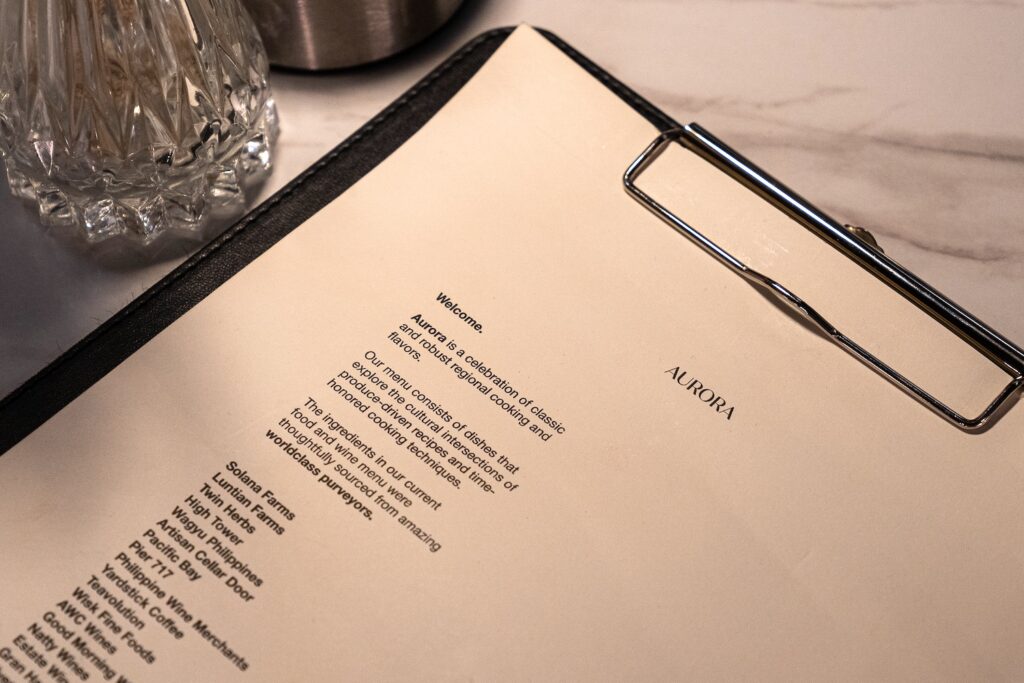
For Aurora’s head chef and other partner Nicco Santos, dropping the “cafe” was also a necessary directional choice when it comes to what they can and can’t do.
“Creatively, it’s a little limiting. At the cafe, you always have to think of toning it down. I mean, we’re all for toning it down, but we’re more into simplifying things but still executing it in a creative manner,” he says.
Change in the name of data-driven growth
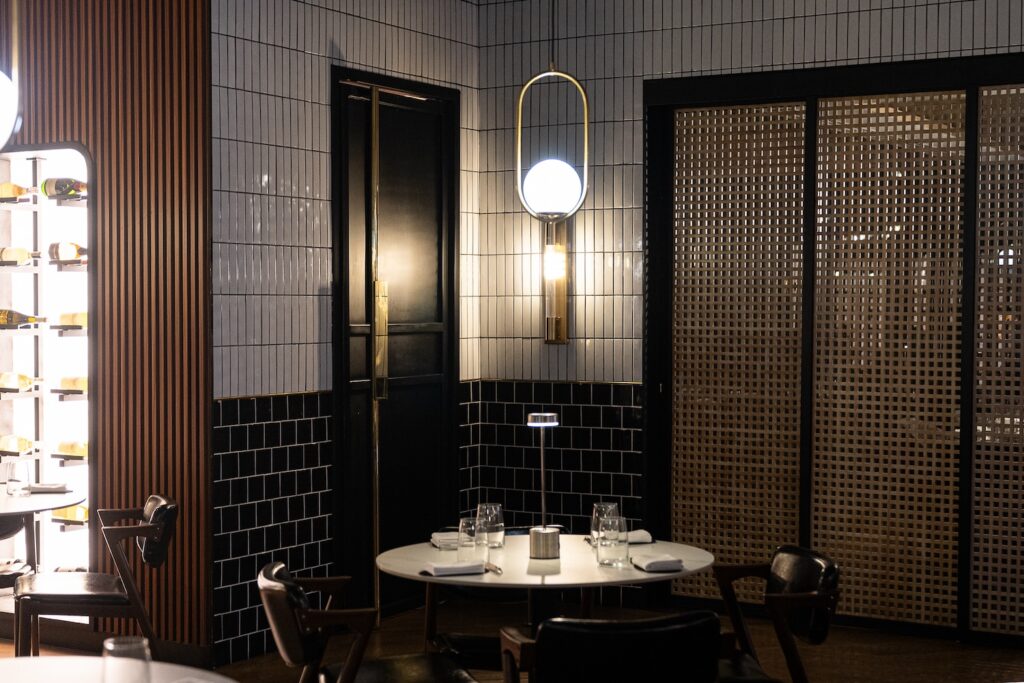
For most people, change is a scary thing but for Santos and Vilar, it’s as easy as it is necessary. Since they opened last year, the duo has always kept an open mind when it came to doing what’s best for the restaurant—especially when it comes to numbers.
The pandemic may be old news to most people, but many restaurants are still feeling its effects and putting into practice the lessons they’ve learned.
Santos and Vilar have been F&B industry mainstays with popular ventures like Your Local, Hey Handsome, and Sambar under their belt, but even the most seasoned restaurateurs struggled when COVID-19 hit.
For most people, change is a scary thing but for Nicco Santos and Quenee Vilar, it’s as easy as it is necessary. Since they opened last year, the duo has always kept an open mind when it came to doing what’s best for the restaurant.
“During the pandemic, we were handling the money. We did our own costing, no accounting, no anyone. So if this [ingredient] was very expensive, we’d lose money and things like that,” Vilar explains.
“And after the pandemic, inflation, right? The cost of our ingredients went up so high. We wanted to make sure the money is—on whatever we’re putting out—really worth it,” Santos says.
This line of thinking led them to watch the numbers religiously. Until now, they menu engineer almost every day and see which items need the most help. It’s a careful dance between creativity and data, but the numbers never lie.
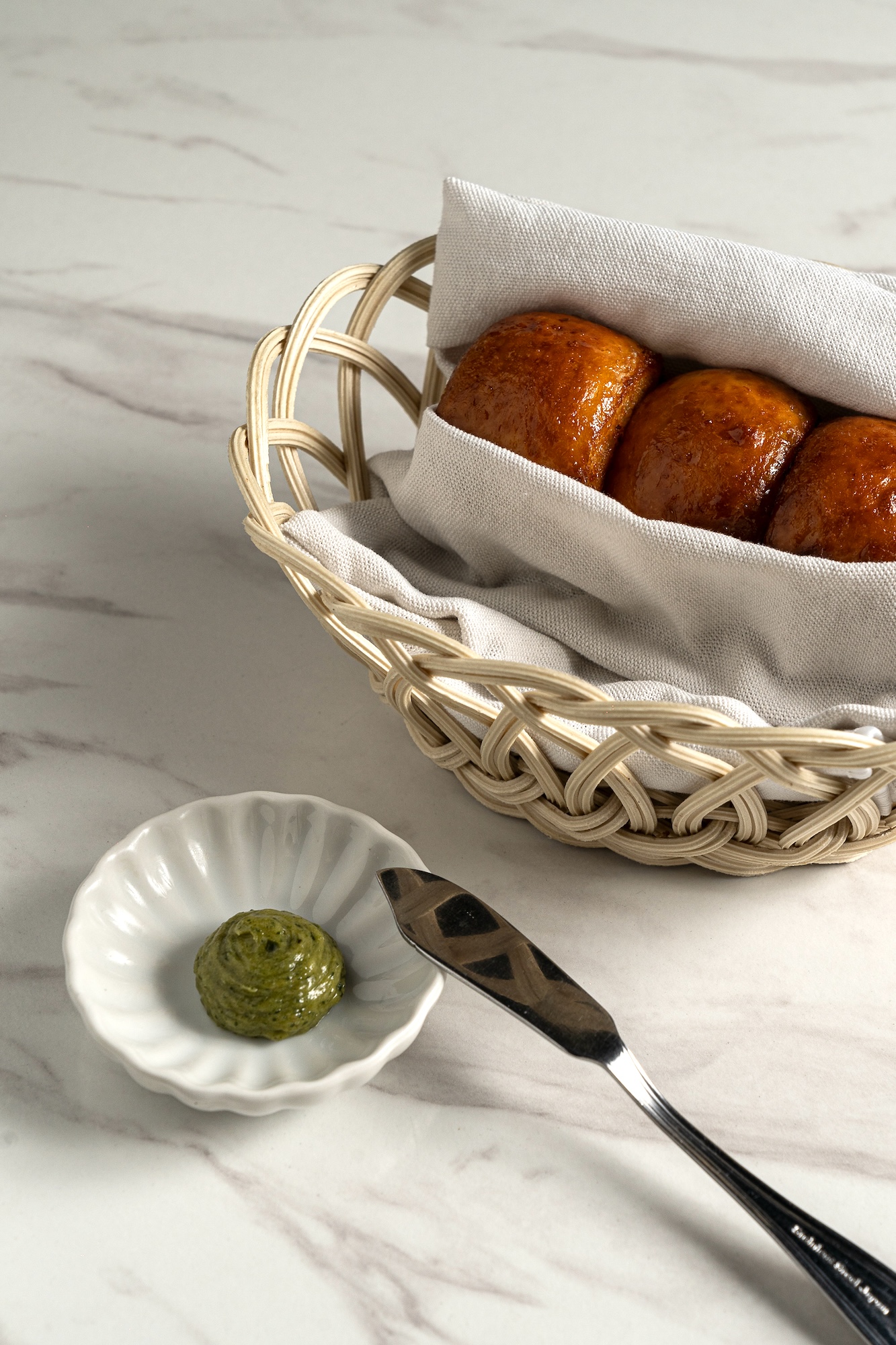
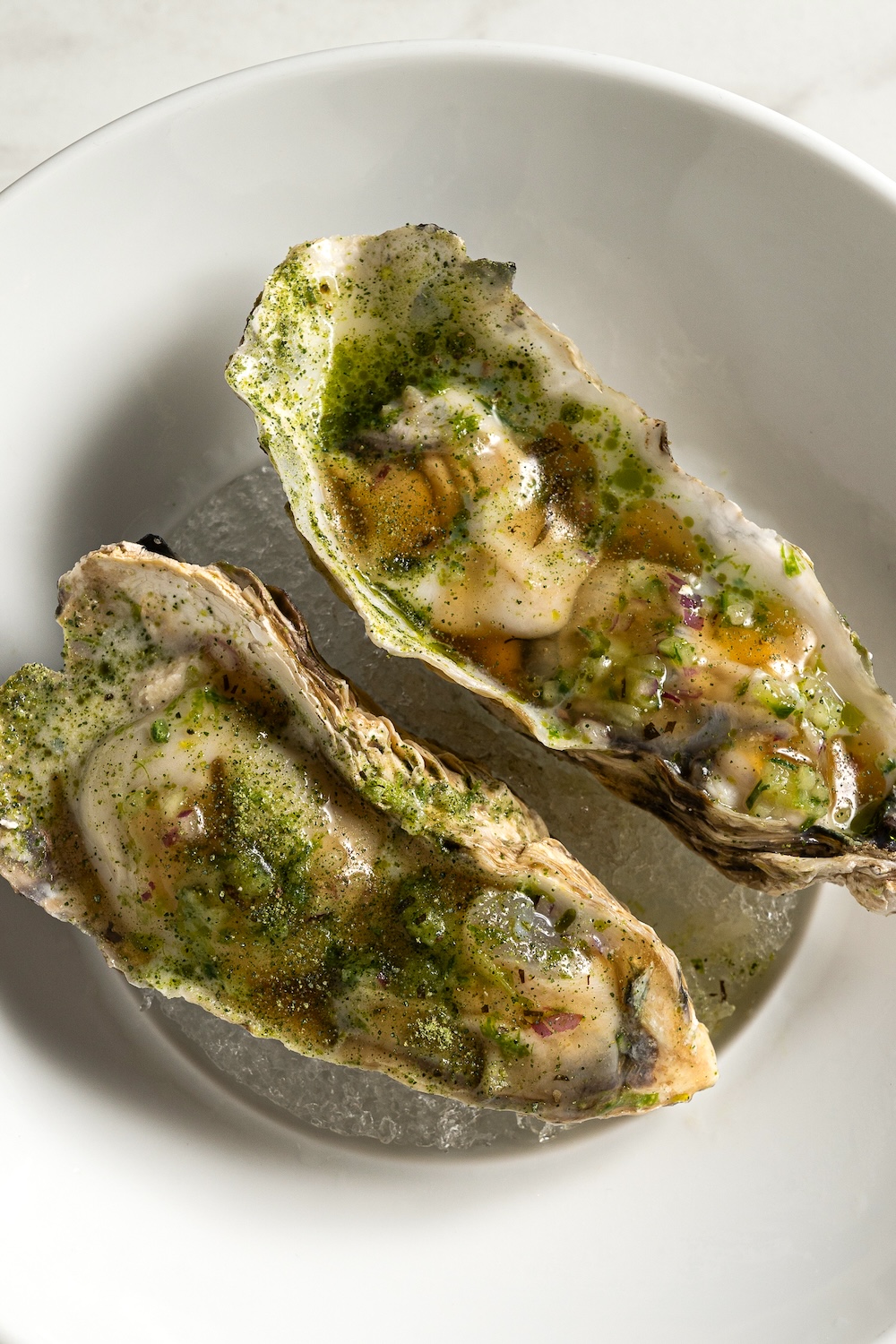
“Every month we look at the product mix and then we take out the dishes that are not moving so much. From there, we look at where we might be able to increase the business contribution,” he says. “Even how we approach innovation now, it’s a lot more based on data.”
This process birthed a new menu, which was a team effort the pair admits. Instead of working between themselves when making dish decisions, they share the creative ideation process with the rest of the team.
“Lately, we do it in a way where I suggest last. Everyone suggests first, which is nice now after a year in when we all got used to working with each other,” he says. After a round of ideation, all that’s left for Santos and Vilar to do is refine the dishes with their team’s input then execute.
Keeping people and keeping people happy
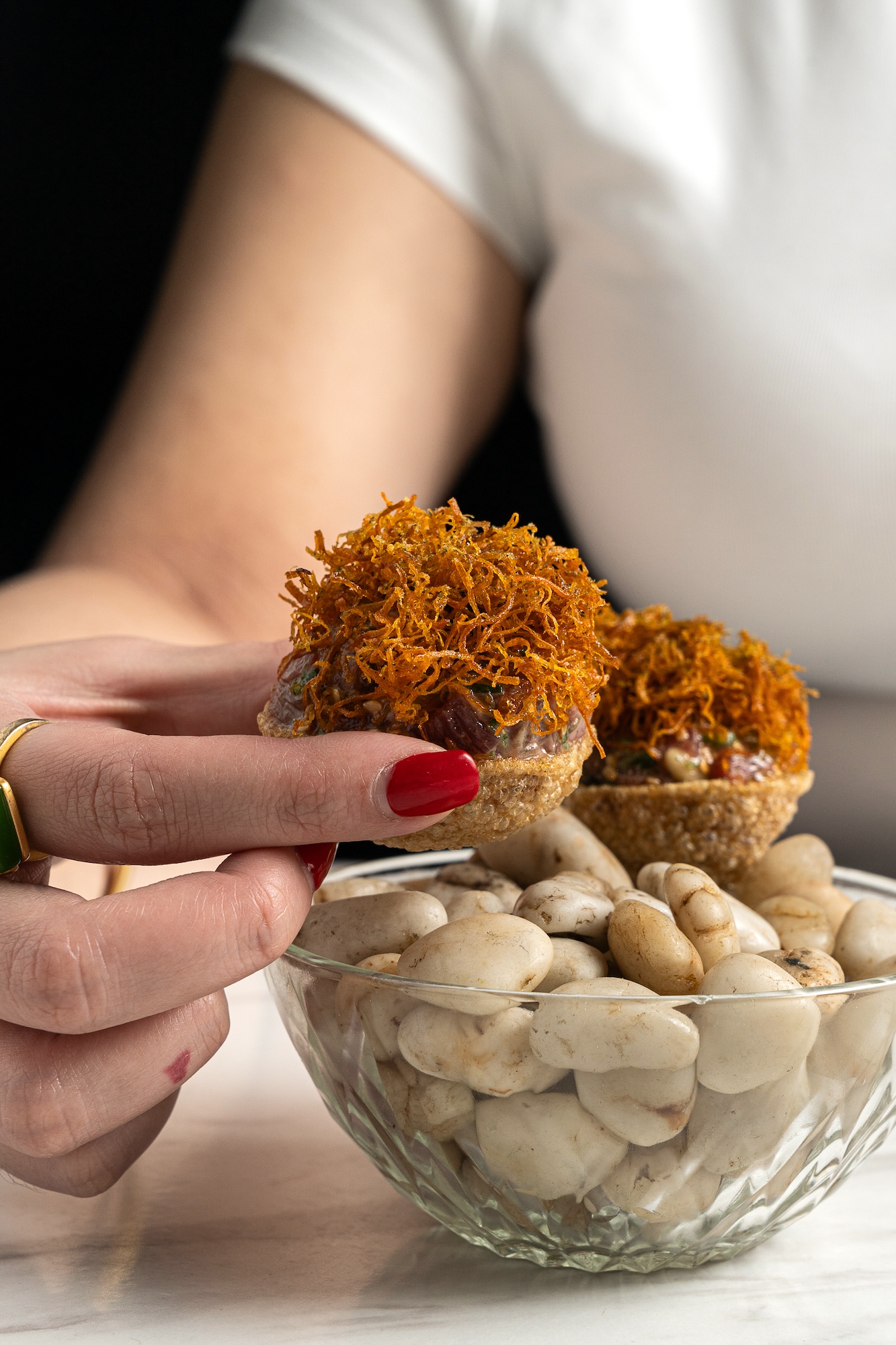
The numbers may be a driving force but Aurora’s ethos still circles back to people—both their customers and their staff.
One of their major lessons from the pandemic is business sustainability. When faced with major crises, many businesses choose to cut down on their workforce. Raw materials and marketing budget aside, staff is the costliest thing to maintain and the first to go. But the partners don’t agree with that line of thinking.
Santos and Vilar reveal that since opening the restaurant, the vast majority of staff they started with are still with them. And they are planning on keeping it that way.
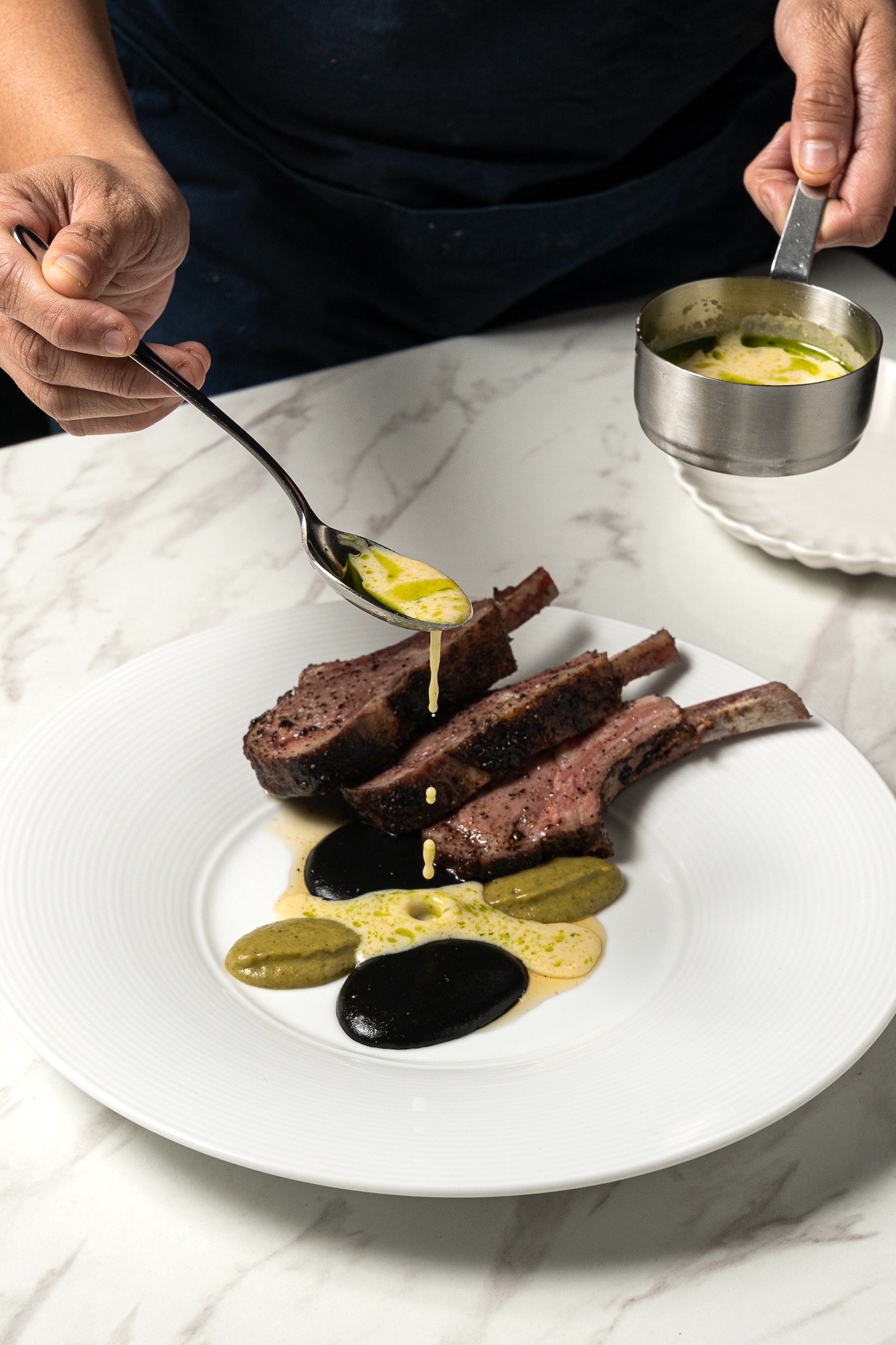
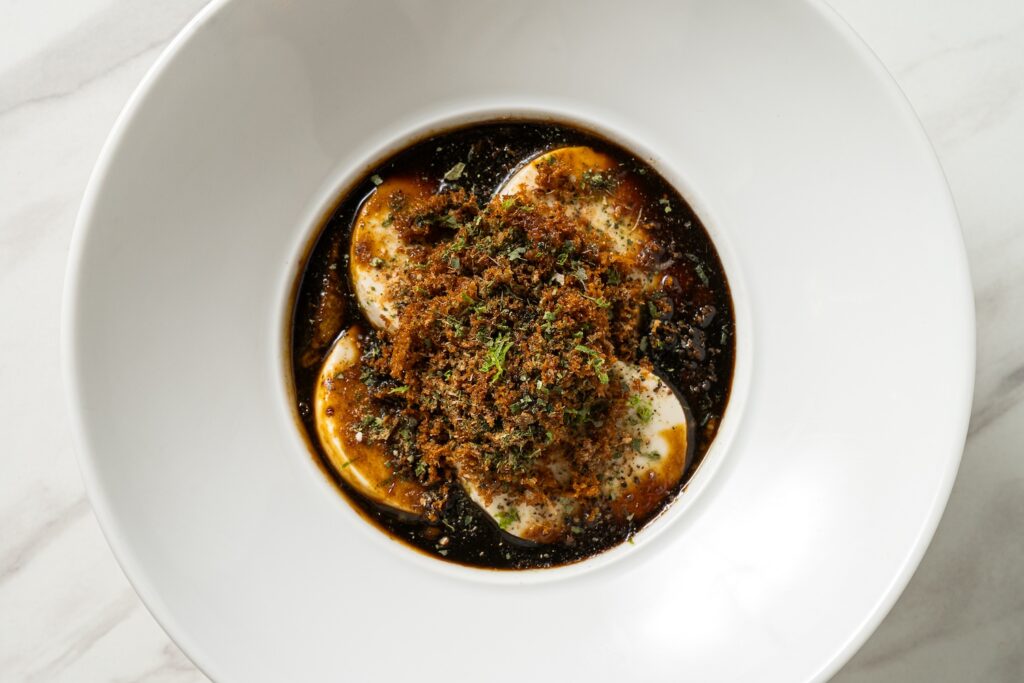

“We need to open a restaurant where it is sustainable for the whole team. The pandemic taught us that we really have to take care of everyone,” says Santos. Apart from near-daily menu engineering, they’re always on the lookout for ways to lower costs without sacrificing quality.
“Yes, we can cheapen the food or the wine just for it to move, but people notice when we go cheap. Or when we just want to add something on the menu that’s cheaper. They would notice that it’s not on brand,” Vilar clarifies.
A new type of hunger at Aurora
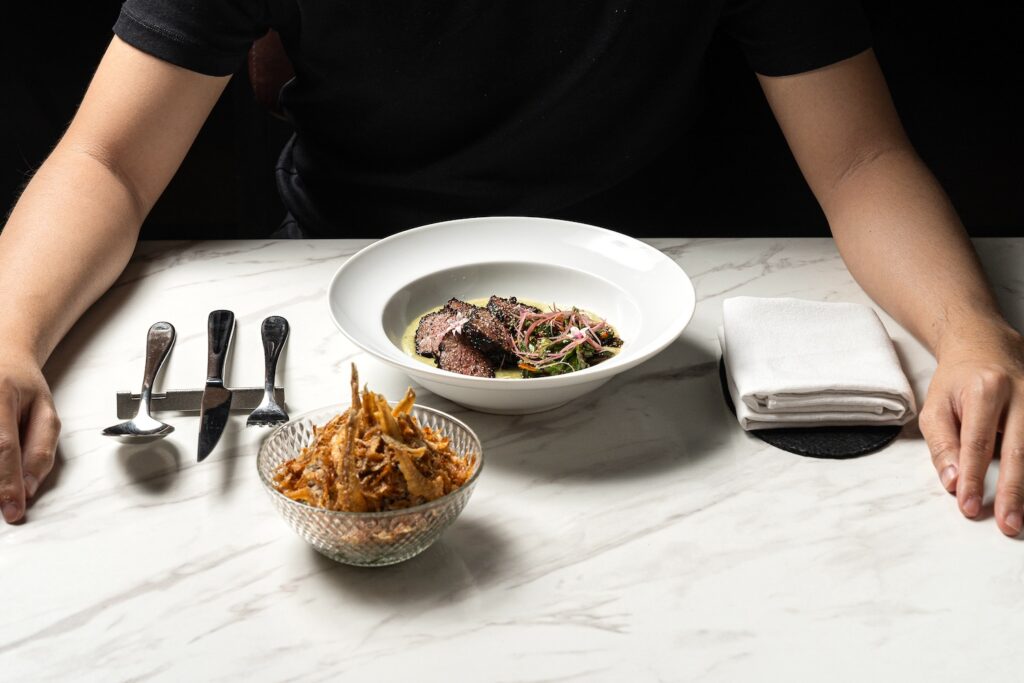
Beyond food quality, the customers, they observed, have become much sharper and hungrier for knowledge.
“During our one-year celebration, people were always asking about the ingredients, like how we cooked it. Before, they didn’t really ask that. We’d just explain and they’d eat it right away,” Vilar recalls.
They also noticed that it’s the younger crowd who loves asking these types of questions. They are also more interested in the experience as a whole, from ambiance and service to food. And they also really like posting about things online—regardless of whether it’s an accurate assessment or not.
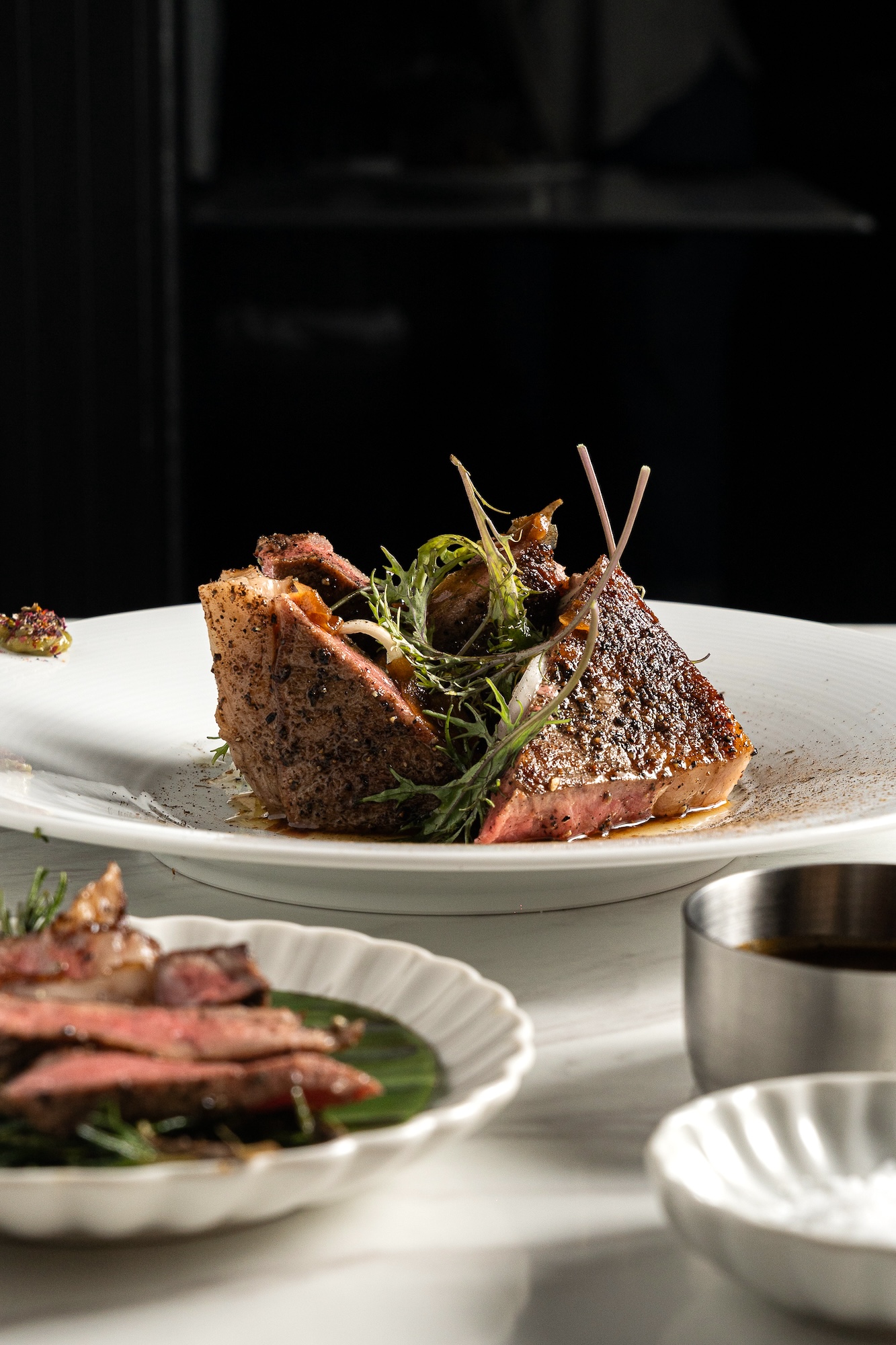
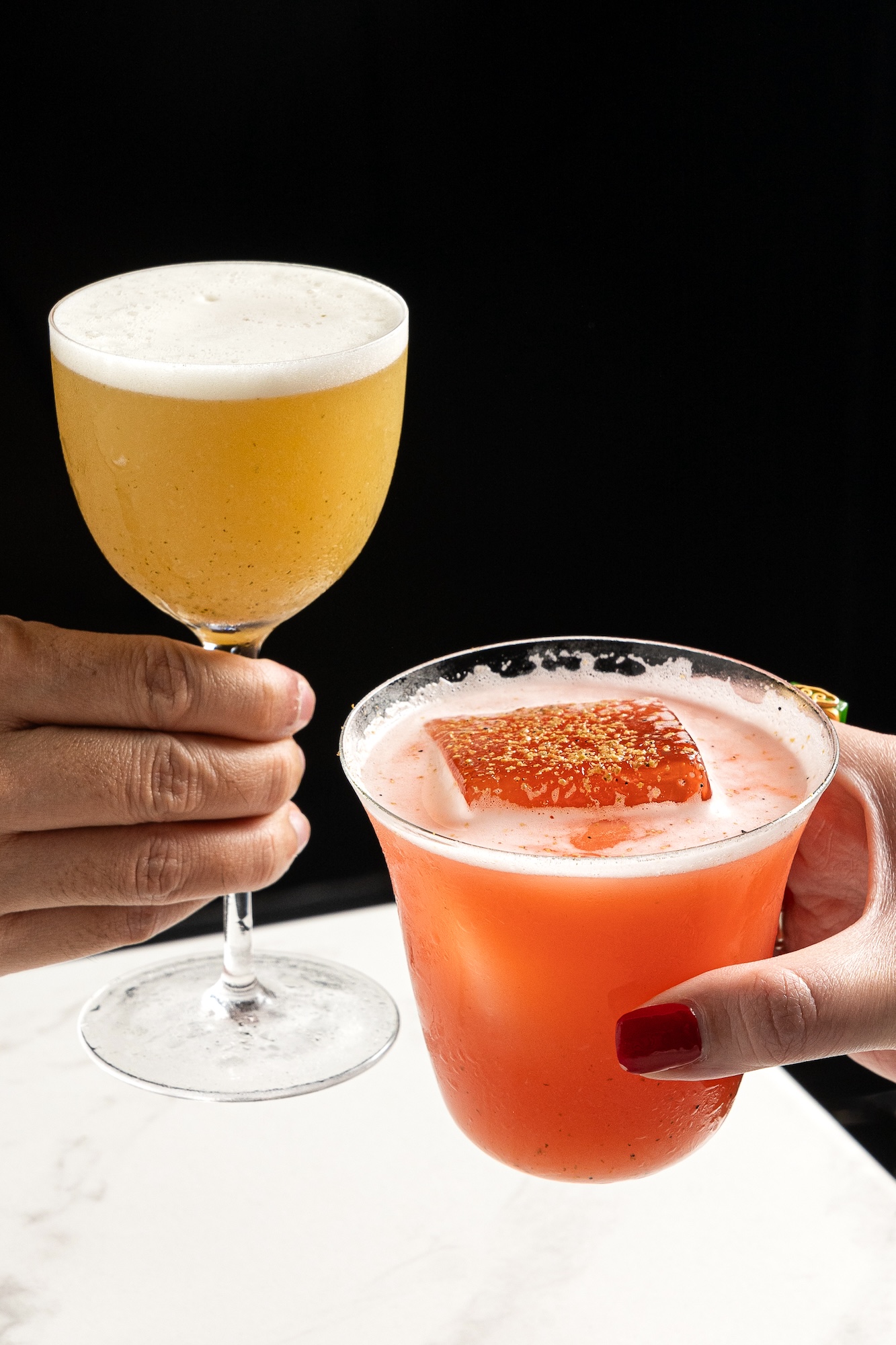
Santos remembers an interaction with a guest who complained about how their short rib dish is too fatty and who ended up posting it online.
“I don’t know what they wanted. I don’t know if they wanted to change this or have it taken out of their bill,” he muses. “Typically, they would rate the dishes, right? Like this is a 10 and so on and would comment on it.”
“For the short rib, they said, ‘They claim it’s short rib but we don’t feel it is.’ So I’m like, ‘Huh?’ It’s a dish that’s high in cost, but we did it for the love, right? Why blame the beef! It’s fantastic beef!”
Nicco Santos remembers an interaction with a guest who complained about how their short rib dish is too fatty and who ended up posting it online. “I don’t know what they wanted. I don’t know if they wanted to change this or have it taken out of their bill,” he muses.
There’s also a difference in how some guests communicate their comments depending on who they’re talking to. From their experience, some guests don’t really express their thoughts about the meal when they think they’re talking to a server—which is something Vilar has encountered.
“I feel that when customers vocalize or express feedback to servers, it doesn’t really go all the way up. And actually, it’s true. And sometimes, they actually filter because for some reason but it’s something that needs to be addressed,” Vilar acknowledges.
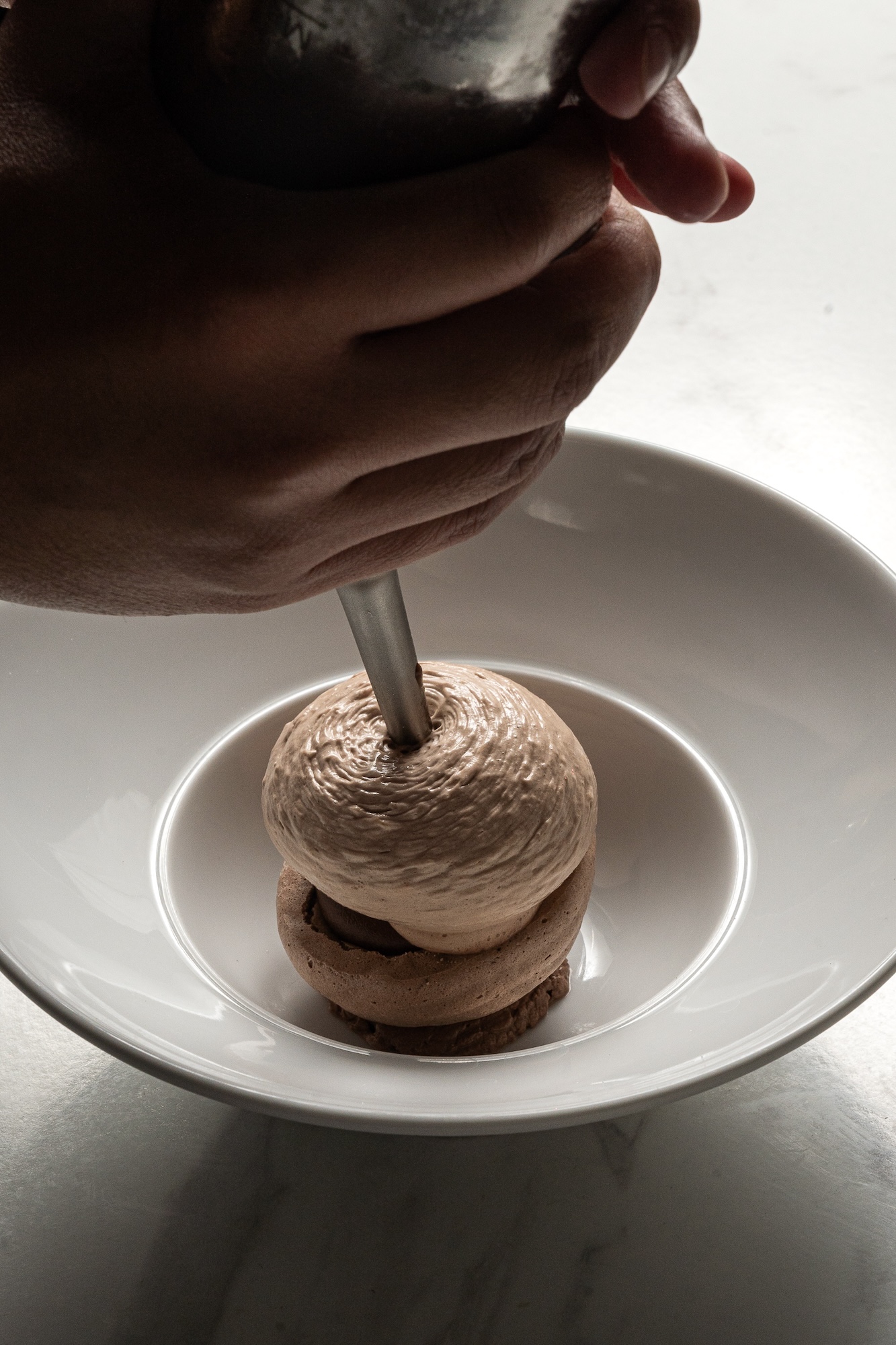
Always growing at Aurora
Change has been a palpable theme in Aurora’s story so far, but even more so for the partners running the operations behind the scenes. There’s always room to learn and grow, and Vilar and Santos have noticed positive changes in one another.
“Nicco is more frank now. Which is a good thing because it’s not just me who can understand him. At the start, he’d just tell me the comment, but now he can tell the comments directly to the other people,” Vilar says.
“Quenee, I think, has not matured in terms of alcohol,” Santos jokes. “But she has matured as a restaurant operator. She’s a very, very well-seasoned restaurant operator. And can handle all aspects of the business. From talking to clients, to our partners, to being in board meetings, leading staff meetings, organizing events, everything.”
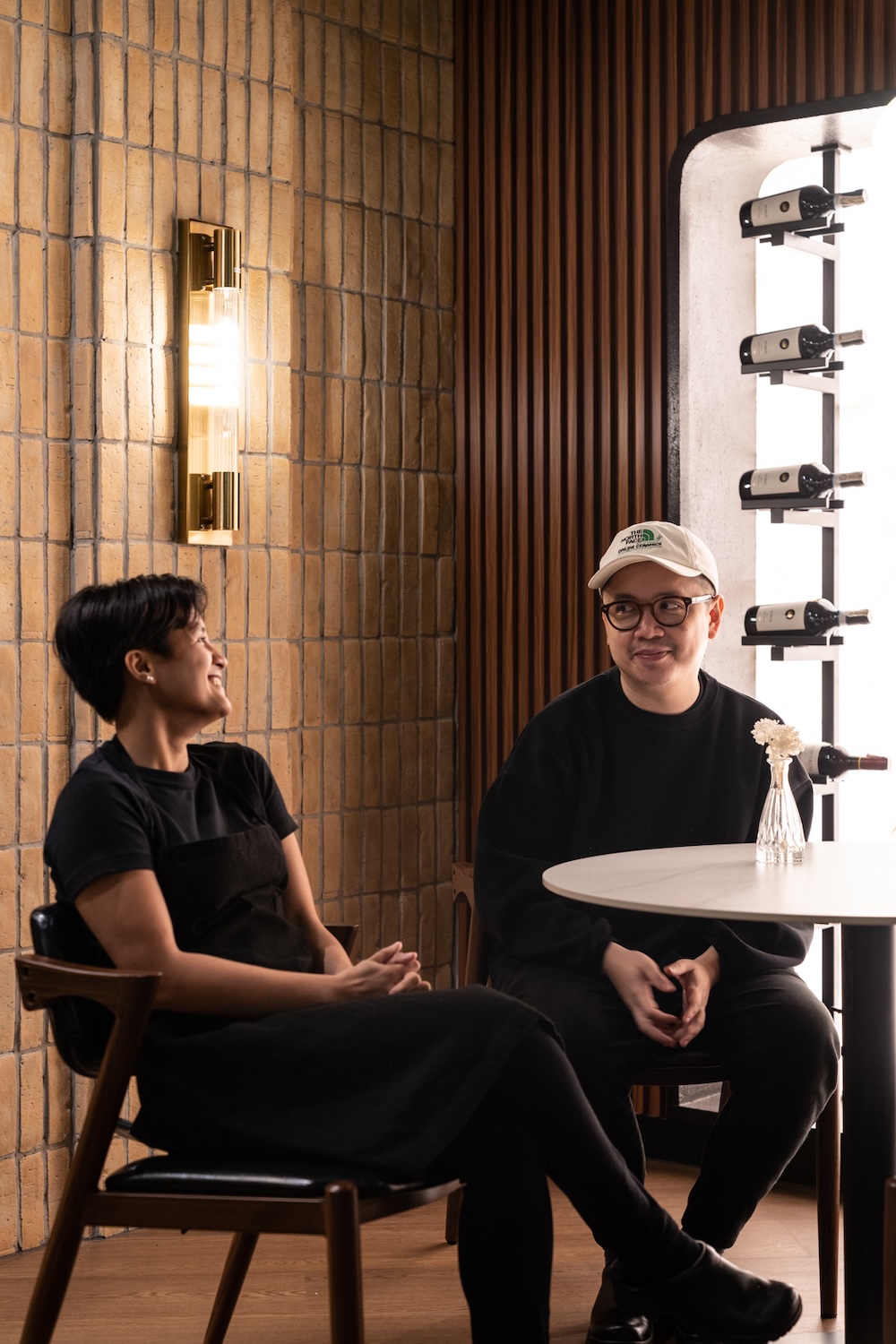
Personal growth aside, the duo also has plans to grow their business with a new venture in the works. They plan to open a new restaurant later this year that serves both a la carte and tasting menu options.
“We basically want to continue what we started with Hey Handsome. We want to push ourselves and see ourselves doing a tasting menu,” Santos says.
Change has been a palpable theme in Aurora’s story so far, but even more so for the partners running the operations behind the scenes. There’s always room to learn and grow, and the two have noticed positive changes in one another.
The a la carte and tasting menu approach is an essential part of their new concept. Vilar believes that time is money, which means not everyone has the luxury to spend an entire evening on a meal. They also want to make it so that people can just come in and relax over a glass of wine and some small plates.
As their passion project, they also want to lay all their lessons from years in the business on the table.
“It’s going to be more experimental,” Vilar says.
“No holds barred there,” Santos chimes in.





